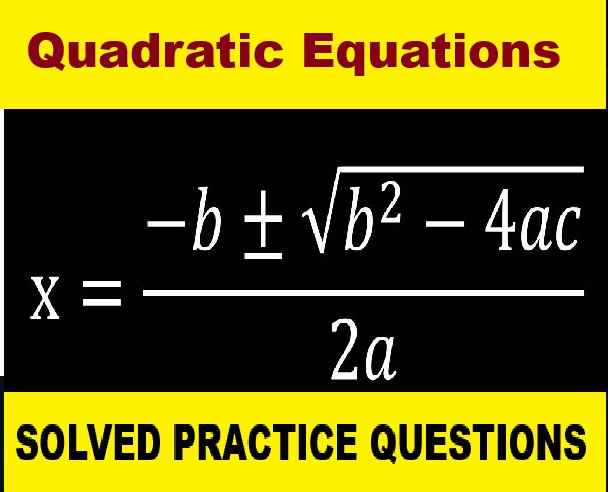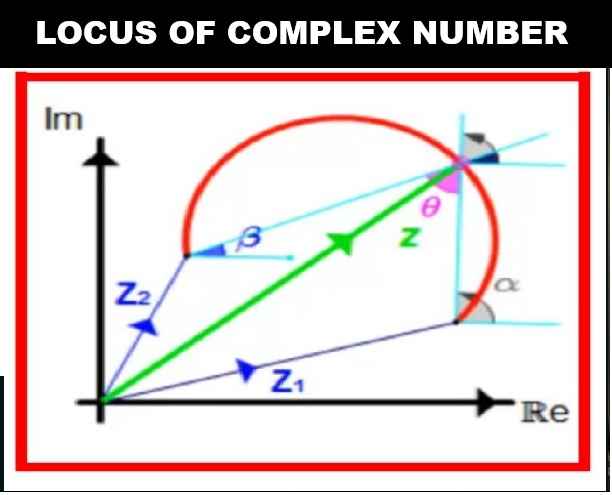Nootan Solutions Matter Waves ISC Class-12 Physics Ch-24 Nageen Prakashan Numericals. Step by step Solutions of Kumar and Mittal ISC Physics Class-12 Nageen Prakashan Numericals Questions. Visit official Website CISCE for detail information about ISC Board Class-12 Physics.
Nootan Solutions Matter Waves ISC Class-12 Physics Ch-24
| Board | ISC |
| Class | 12 |
| Subject | Physics |
| Publication | Nageen Prakashan |
| Writer | Kumar and Mittal |
| Vol | 2nd |
| Book Name | Nootan |
| Chapter-24 | Matter Waves |
| Topics | Solution of Numericals Questions |
| Page-Number | 907, 908 |
Nootan Solutions Matter Waves ISC Class-12 Physics Ch-24
Wave Nature of Matter :-
Heisenberg’s Uncertainty Principle :-
The Uncertainty Principle states that the momentum and position of a particle cannot be measured with precision simultaneously. In fact, there is always some uncertainty Δx in position and Δp in momentum. The uncertainties are related by,
Δx Δp ≤ h/2
If the momentum of a particle is measured accurately (i.e. p=0), the uncertainty x in its position becomes infinite. A particle with a definite momentum should have a definite wavelength, according to de Broglie’s equation. Such a wave should extend to infinity, which is unphysical. Any particle should be represented by a localized wave (wave packet), which consists of multiple wavelengths.
De Broglie’s Hypothesis :-
According to the hypothesis, particles behave as waves which are called matter waves. The wavelength (De Broglie wavelength) of the matter-wave corresponding to a particle of momentum p is given by,
λ=h/p
Here, h denotes the Planck’s constant. The De Broglie wavelength is inversely proportional to the momentum (hence mass) of a particle. For macroscopic objects, the wavelength is much smaller than the size of the object. The wave nature becomes prominent for microscopic objects e.g. electrons.
A photon having energy E has momentum:
p=E/c
Here, c denotes the speed of light in vacuum.
According to Planck’s concept, the energy of a photon of frequency and wavelength is given by,
E = hν = hc/λ
The energies should be equal, suggesting:
hc/λ = pc
λ=h/p
De Broglie realized that the above relation should hold for particles also. A particle of mass m and velocity v has momentum p=mv. Therefore, it should have a wavelength given by,
λ = h/p = h/mv
Nootan Numerical Solutions Matter Waves ISC Class-12 Physics Ch-24
Nageen Prakashan Numericals
Question 1:
What is de-Broglie wavelength of a 2 kg object moving at speed of 1 ms -1 ?
Question 2:
Calculate ……………….. kg ms -1
Question 3:
……………………..
……………………..
……………………..
Question 9:
Calculate de-Broglie ………………. energy 400 eV.
Question 10:
What potential must be applied to an electron microscope to produce electrons of wavelength 1.0 Å ?
—: End of Nootan Solutions Photoelectric Effect :–
CONTACT FOR LIVE CLASSES -9335725646
Return to – Nootan Solutions for ISC Physics Class-12 Nageen Prakashan
Thanks


